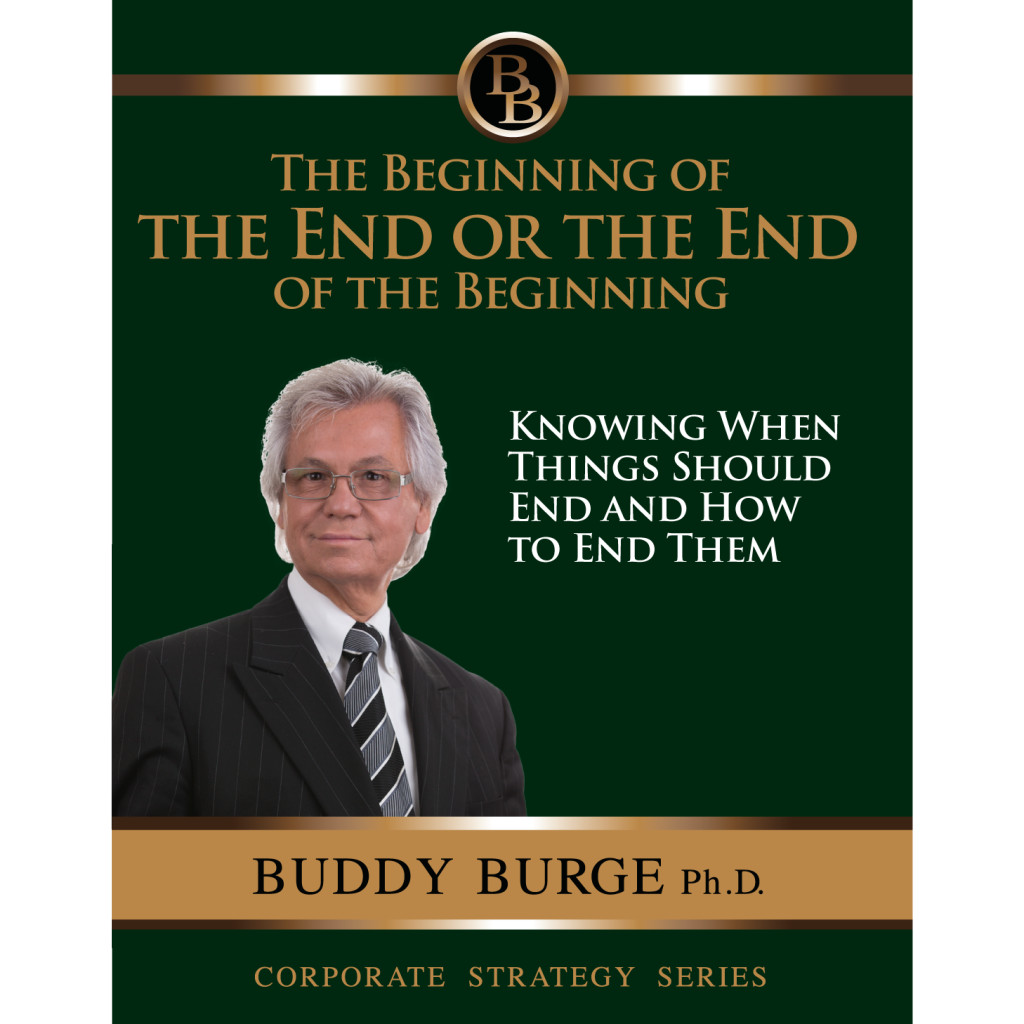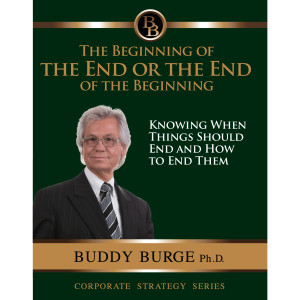
The following article is taken from “The Beginning of the End or the End of the Beginning“
The Five Steps to end the Right Thing in The Right Way at the Right Time (Overview)
In this three-part article article, we are analyzing the five steps people go through to make a significant change in their life.
These changes or endings in this process might cover something dramatic such as quitting smoking, losing weight or ending a relationship or a a leader firing someone.
In part one, we gave an overview of the the five steps to ending the right thing in the right way at the right time.
We also focused on step number two and introduced the notion of life, like nature itself, is made up of seasons and what that analogy might mean to those of us who feel we might need to change or end something in our life.
Step One:
Preclude Problems Proactively by Pruning the Good, the Bad and the Ugly Things from Your Life, Continuously
Step Two:
See Endings as a Normal Part of Business and Life Instead of as a Problem
Step Three:
Identify the Internal Maps That Keep You From Executing Necessary Endings.
Step Four:
Understand, leverage and apply the notion of hopelessness effectively to your situation
to motivate and effect the changes you need to make.
Step Five:
Strategy and Implementation: How to Put an End to Things
In this article we will continue to explore Step Number Two.
Step Two: See Endings as a Normal Part of Business and Life Instead of as a Problem
The problem for many of us is that we do not accept or we willfully ignore these seasons.
Let’s look at why we do this and what to do about it.
The Problem: We Do Not Accept or We Willfully Ignore These Seasons
A classic example of this pattern is the entrepreneur who begins a business through “sowing seeds” into a market: making calls, meeting people, and investing seed money, starting-starting-starting.
That is the first season, spring and he loves it.
It is who he is and what he does.
The business takes root, but then summer comes.
Now you have a real plant, not a start-up.
A business that needs to be managed, guided, nurtured, developed, protected, trimmed, watered, and so on.
That requires management skills a lot of entrepreneurs don’t have.
It is neither their style nor temperament to operate this way; they find managing people to be a dislocating and discomforting thing.
They fail to acknowledge or recognize the intrinsic reality of changing seasons.
They think all of life and business is a start-up.
“More, more, more,” is their mantra.
This pattern can suck the life out of a business, one that could have excelled if someone had seen that sowing had to stop and operating had to begin.
At Other Times, We do not see that Summer has come and Gone
As a result, there is no urgency to harvest what has been grown.
There is much low-hanging fruit in the business, but the management phase has become the way that everything is always done, the “new normal” instead of a season.
This often makes a company ripe for a takeover.
Deep-pocketed investors look at the business and see a lot of harvest that is not being captured because management is too busy “tending” to business, a summer activity, instead of moving on to a fall harvest.
Finally, Winter Descends Upon us and the Harvest Season Ends
It is time to shut down and exit that line, strategy, sector, or whatever.
But those who don’t believe in seasons think (hope) that things will keep going “like this” forever.
Again, why does this happen?
We do not believe in the seasonal nature of life or want the dislocation of having to change that seasons imply.
Life Cycles and Seasons are Real
Understanding that life cycles and seasons are real is foundational because when the days get shorter or it is time to change (as they surely will), you will not be quite as inclined to think that “something is wrong,” but you will accept change as readily as a farmer accepts the perennial and changing seasons of life.
Then you will be able to end the previous season’s good activities and move to the next more effective ones.
In part two we elaborated on how these seasons work in our personal and professional lives.
In part three, we will see how this notion in step two, life has seasons, can proffer us the optimal mindset we need to end a difficult situation or relationship that needs to be ended.
We will also prescribe what, given the situation or season in which we currently find ourselves, we can do to to move or accelerate ourselves through the current season to where we need to be.
For more on this topic, we recommend the following | |
 | The Beginning of the End or |

![CropperCapture[298]](http://buddyburge.com/wp-content/uploads/2014/02/CropperCapture298-300x182.png)
![CropperCapture[312]](http://buddyburge.com/wp-content/uploads/2014/02/CropperCapture312-300x294.png)
![CropperCapture[313]](http://buddyburge.com/wp-content/uploads/2014/02/CropperCapture313-300x209.png)
![CropperCapture[314]](http://buddyburge.com/wp-content/uploads/2014/02/CropperCapture314-300x223.png)
